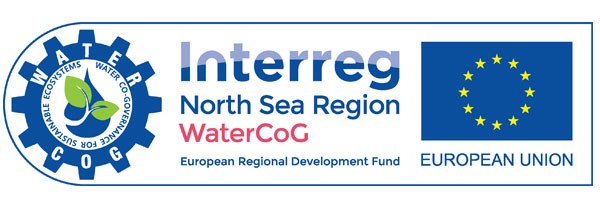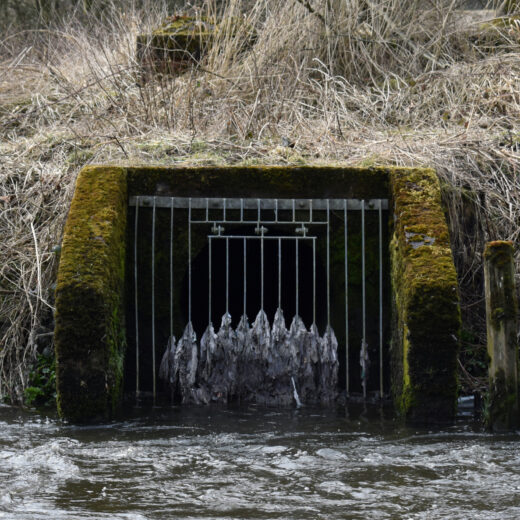
Sewage update: 2020 spill data added to our map
07/04/21
Today we've published our updated map showing where raw sewage overflowed into rivers in England and Wales in 2020.
Last week the Environment Agency reported that untreated sewage was discharged 403,171 times, for over 3 million hours, across England in 2020. Dŵr Cymru (Welsh Water) has shared its 2020 data with The Rivers Trust, showing that in Wales 104,482 spills occurred for a total of 868,307 hours.
We have combined these to provide a clear and accessible picture of the state of sewage pollution in England and Wales through our Sewage Map. The map allows river users to see what is happening at the local level and where treated and untreated discharges occurred last year.
What's the story?
Combined sewer overflows (CSOs) and storm overflows (SOs) are designed to discharge untreated, diluted sewage directly into rivers and watercourses in event of extreme rainfall to prevent the flooding of homes and businesses. Whilst we estimate that 40% of them are more likely to be operating as designed with less than 20 spills a year, 40% are now shown to be operating poorly, and 20% are unmonitored, plus there are many inconsistencies in the current data. Any overflow which spills more than 60 times per year should be investigated by the Environment Agency, or 40 times if monitoring has been in place for several years.
This week’s data shows that roughly 25% of known overflows spilled more than 40 times in 2020; about 20% spilled more than 60 times; and around 8 % spilled more than 100 times. Whilst different reporting methods mean that the data is not directly comparable between water company areas, it is broadly similar across the country and in England and Wales (where water has not been privatised).
The data for storm overflows in England was made publicly available by the EA for the first time last week in an effort to increase transparency. Using our Sewage Map, you can search by area or postcode to see the number and duration of spills in any location across England or Wales.
Dave Johnson, Technical Director at The Rivers Trust, said: “We understand that overflows which are operating as designed can prevent floods and protect lives and livelihoods, but the reality is that less than half of them appear to be functioning this way, which simply isn’t good enough. The all-important first step has been taken by making this data public, but now we want to see more action. As well as increased monitoring for high amenity river sites such as bathing waters, The Rivers Trust is calling for investigations of the 25% of overflows with over 40 spills per year, and for those investigations to be mapped publicly. We want to know where the prioritised overflows are so that we can track progress.
“We need much better consistency in the data that’s being reported to the EA. We can’t compare performance easily between water companies at the moment because they use different methods to report. If we are going to track trends in performance, we must have better quality comparable data.”
Christine Colvin, Director for Partnerships and Communications at The Rivers Trust, added: “CSOs and SOs are the canary in the mine for waste water management, and it is clear from these figures that the system is no longer functioning. With increasingly volatile weather patterns due to climate change as well as towns and cities growing in size, this problem will only get worse and our infrastructure will not be able to cope with demand.
“In updating our Sewage Map, we’ve made data accessible to the public, and hope it will help to trigger overdue change, to plan for more sustainable urban drainage. We can’t keep blaming Victorian infrastructure for today’s river pollution. Increased investment in waste water management on a national scale is absolutely imperative. We also have to explore and in invest in upstream nature-based solutions to fix our broken system. Alongside that, we can all contribute to the solution by only flushing pee, poo and paper – not putting wet wipes down the loo or pouring oil down the kitchen drain.”
Now, we are calling for:
- Individuals to find out where overflows are spilling into the rivers they use and highlight to their MPs where > 40 overspills occur.
- An acceleration of investment, in addition to the current £1.1 billion planned for improvements into storm and CSO infrastructure, particularly nature-based solutions for storm water.
- Water companies to report this data consistently in future.
Note: The performance of overflows cannot be compared from one year to the next while the monitoring network is still being established. Any comparisons that are done are potentially misleading and will not help us focus on the real issues.
If you spot an error on our sewage map, please tell us via [email protected] .

